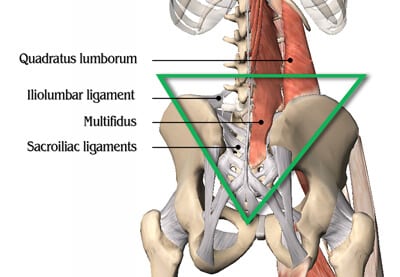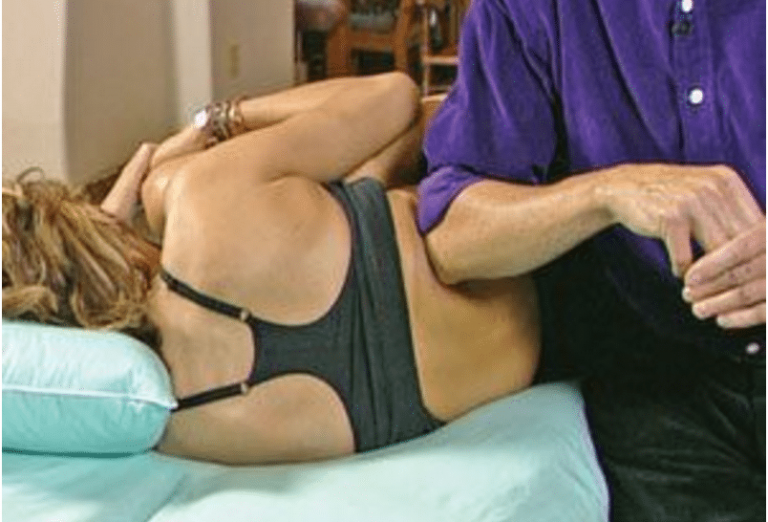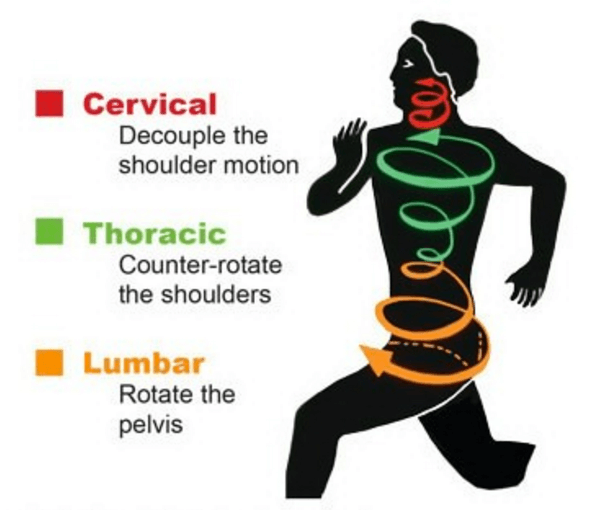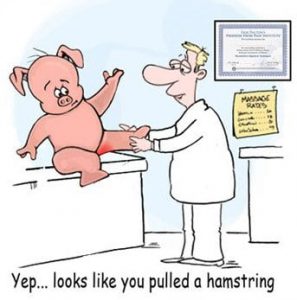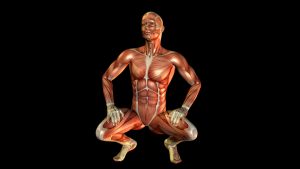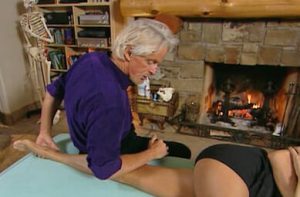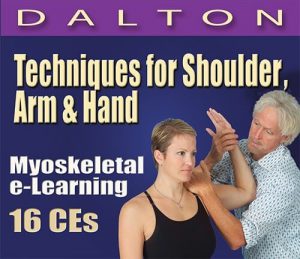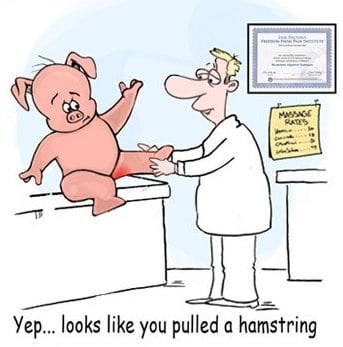
Hamstring Massage and Mobilization
In a study of one NFL team from 1998-2007, the occurrence of hamstring pulls accounted for 85 injuries, second only to knee sprains, which came in first at 120 injuries1. Hamstring injuries often plague competitive and weekend warrior athletes for years, giving the illusion that the initial injury never healed…


